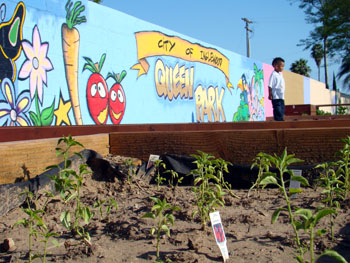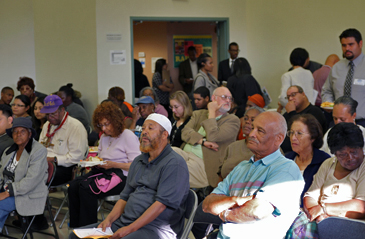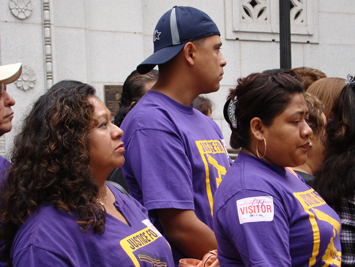Dozens of demonstrators assembled near the Slauson Avenue 110 freeway onramp Friday night in a watchdog effort to verify that LAPD officers conducting a sobriety checkpoint were not impounding vehicles of drivers whose sole discretion was being unlicensed.
Until a recent policy change, drivers caught without a license immediately lost their cars to an impound lot. The new policy allows unlicensed drivers to contact the registered vehicle owner within a “reasonable” amount of time, according to a notice released by Deputy Chief Michael P. Downing and Commander Stephen R. Jacobs on March 10.
“Just because they’ve changed the policy doesn’t mean they’re actually abiding by it, which is why we’re here,” said Colleen Flynn, member of the National Lawyers Guild. Guild lawyers, members of the Southern California Immigration Coalition (SCIC), the International Socialist Organization and independent activists lined the street with signs intended to alert drivers of the checkpoint underneath the freeway bridge.
Before the checkpoint began screening cars, LAPD Sergeant Damon Aoki of the Central Traffic Division approached demonstrators to request that they not impede the flow of traffic, especially during a green light.
“This is not a driver’s license checkpoint. This is a sobriety checkpoint.” Aoki told demonstrators. “We generally cite for an unlicensed driver, but we give them a fair amount of time in order to call somebody that has a license—who has to be a registered owner—who then can give permission to another licensed driver if they don’t have one.”
Aoki estimated 30 minutes as a “fair amount of time” and explained that they require the vehicle’s registered owner to be present in order to release the vehicle because of liability issues. The traffic division conducts checkpoints about once a month. No cars were impounded on the night of the demonstration.
“They do catch some drunk drivers, which is great,” said Ron Gochez, a member of Union del Barrio, an activist group within the SCIC. “This is a positive step for us, … but it’s not the end all.” Gochez explained that his group wants police to further amend the policy to allow unlicensed drivers to call any licensed driver—not just the registered owner—to take over the vehicle in case they are pulled over or screened at a checkpoint.
“We’re doing this to educate the community to let them know that they have the legal right to organize and protest to show their repudiation of these practices,” said Gochez. He noted that many community members have begun protesting on their own accord, coming out of their homes with anti-checkpoint signs and text messaging their neighbors when checkpoints are taking place.
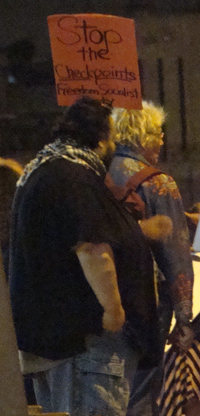









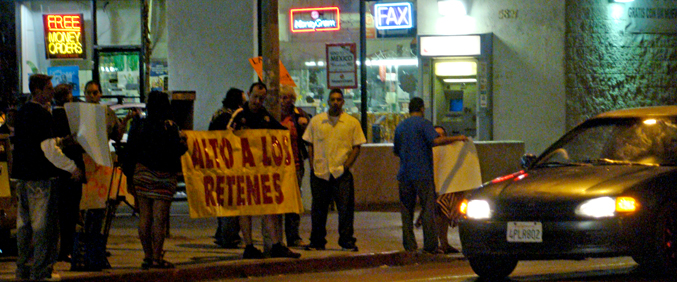
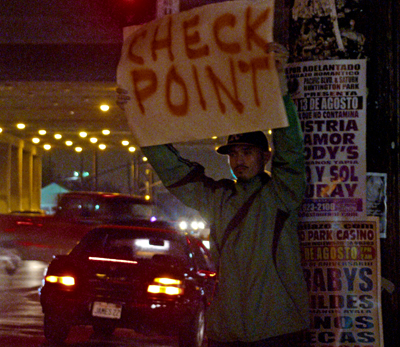
 The young student artists were chosen from Freedom Schools in the Second District of Los Angeles. Supervisor Ridley-Thomas’ office, which provides partial funding for the six-week summer literacy program, partnered with the Department of Public Works and City Year Los Angeles for the mural activity. The murals will be displayed in front of the Martin Luther King Jr. Multi-Service Ambulatory Care Center until construction ends in 2013, when they will be moved to a permanent location.
The young student artists were chosen from Freedom Schools in the Second District of Los Angeles. Supervisor Ridley-Thomas’ office, which provides partial funding for the six-week summer literacy program, partnered with the Department of Public Works and City Year Los Angeles for the mural activity. The murals will be displayed in front of the Martin Luther King Jr. Multi-Service Ambulatory Care Center until construction ends in 2013, when they will be moved to a permanent location. 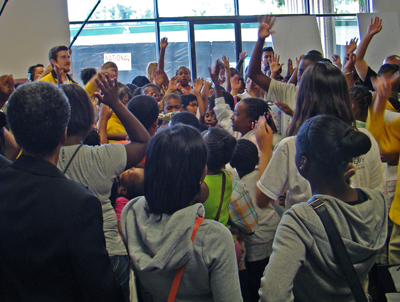 Chanting and cheering is an integral part of the Children’s Defense Fund Freedom Schools® curriculum. Each morning begins with the Swahili tradition of harambee, which includes a guest reader, motivational singing, call-and-response cheering, affirmations and a meditational moment of silence before the day’s activities begin. Guest readers are community professionals from a wide range of careers, and they tell students how reading and literacy is relevant to their field of work.
Chanting and cheering is an integral part of the Children’s Defense Fund Freedom Schools® curriculum. Each morning begins with the Swahili tradition of harambee, which includes a guest reader, motivational singing, call-and-response cheering, affirmations and a meditational moment of silence before the day’s activities begin. Guest readers are community professionals from a wide range of careers, and they tell students how reading and literacy is relevant to their field of work.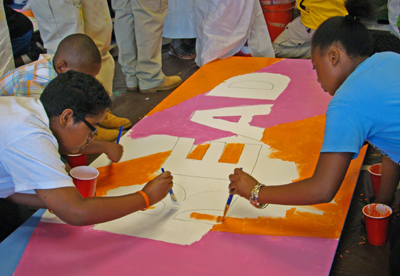 Children’s Defense Fund Freedom Schools® are hosted at four sites within Ridley-Thomas’s district: First New Christian Fellowship, Bethel A.M.E. Church, Community Coalition at Foshay Learning Center and First Church of God in Inglewood.
Children’s Defense Fund Freedom Schools® are hosted at four sites within Ridley-Thomas’s district: First New Christian Fellowship, Bethel A.M.E. Church, Community Coalition at Foshay Learning Center and First Church of God in Inglewood. Teething toddlers can exhaust parents, but a set of chompers on a two-year-old Tyrannosaurus rex that has just arrived to the Natural History Museum may delight parents and children starting July 16. After all, those baby teeth teeth were once capable of reaching the side of a ram’s horn – each.
Teething toddlers can exhaust parents, but a set of chompers on a two-year-old Tyrannosaurus rex that has just arrived to the Natural History Museum may delight parents and children starting July 16. After all, those baby teeth teeth were once capable of reaching the side of a ram’s horn – each.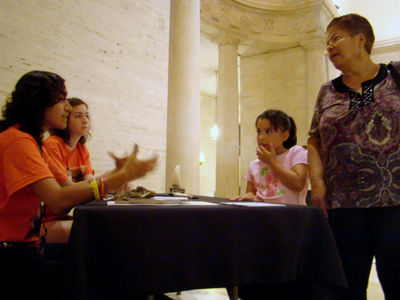 “This really is a place to learn,” said Dominguez, a New Designs Charter School student who has her eye on an archaeology program at Cornell University. “Most of us who took the dinosaur training have been really excited to study more and learn all the facts we can.”
“This really is a place to learn,” said Dominguez, a New Designs Charter School student who has her eye on an archaeology program at Cornell University. “Most of us who took the dinosaur training have been really excited to study more and learn all the facts we can.” Museum members and educators received a sneak preview this week and many slowed to a halt in awe upon entering the epic hall.
Museum members and educators received a sneak preview this week and many slowed to a halt in awe upon entering the epic hall.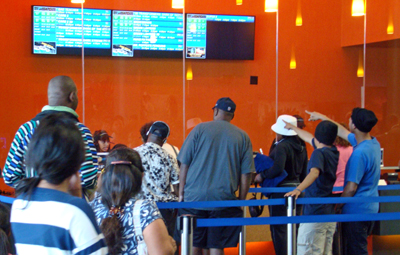 More than 200 guests gathered at Baldwin Hills Crenshaw Plaza for the grand opening of a multi-million dollar new movie theater, replacing the former Magic Johnson Theater that closed last year.
More than 200 guests gathered at Baldwin Hills Crenshaw Plaza for the grand opening of a multi-million dollar new movie theater, replacing the former Magic Johnson Theater that closed last year.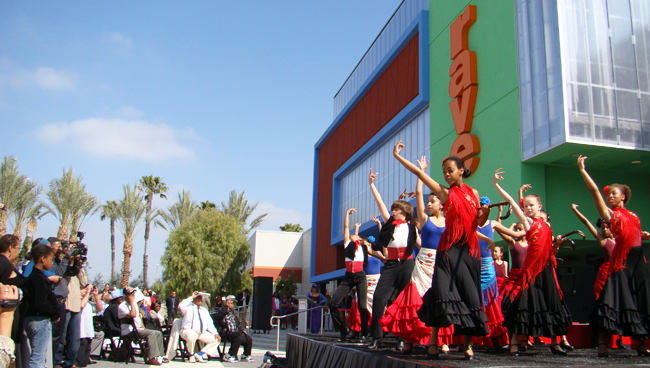
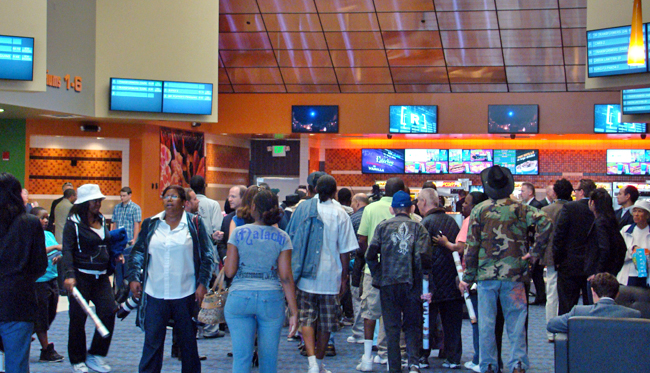
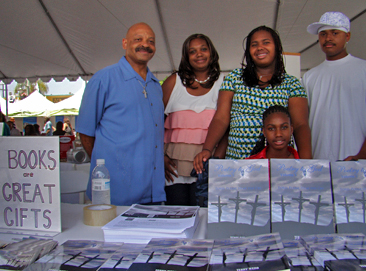
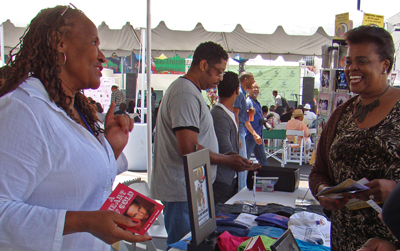
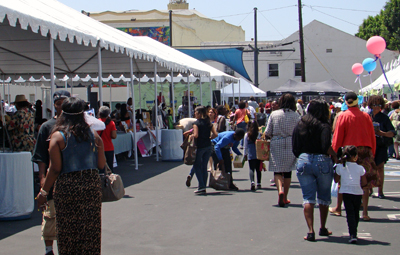
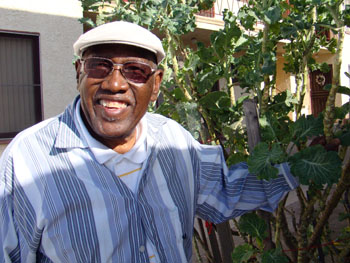
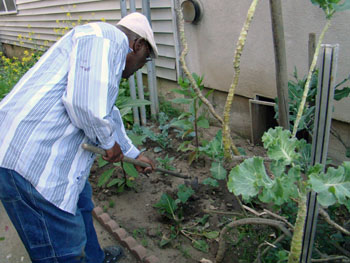 Scroggins and his Queen Street neighbors considered the idea of a community garden for years, although the nearby park was a challenge because of its rundown facilities. In March, they got their chance: Queen Park received a makeover with new playground equipment from KaBOOM!, a Disney-sponsored nonprofit that creates playgrounds in low-income residential areas.
Scroggins and his Queen Street neighbors considered the idea of a community garden for years, although the nearby park was a challenge because of its rundown facilities. In March, they got their chance: Queen Park received a makeover with new playground equipment from KaBOOM!, a Disney-sponsored nonprofit that creates playgrounds in low-income residential areas. 
